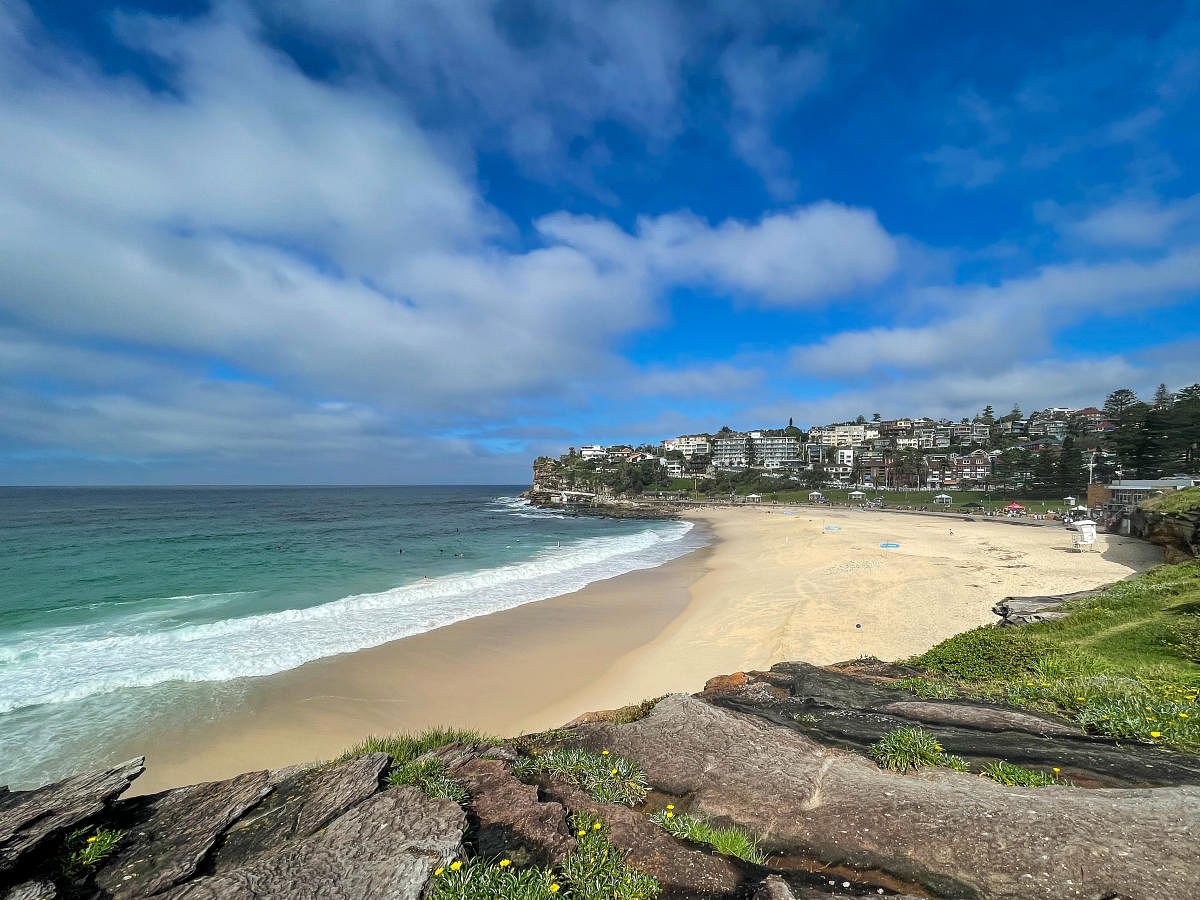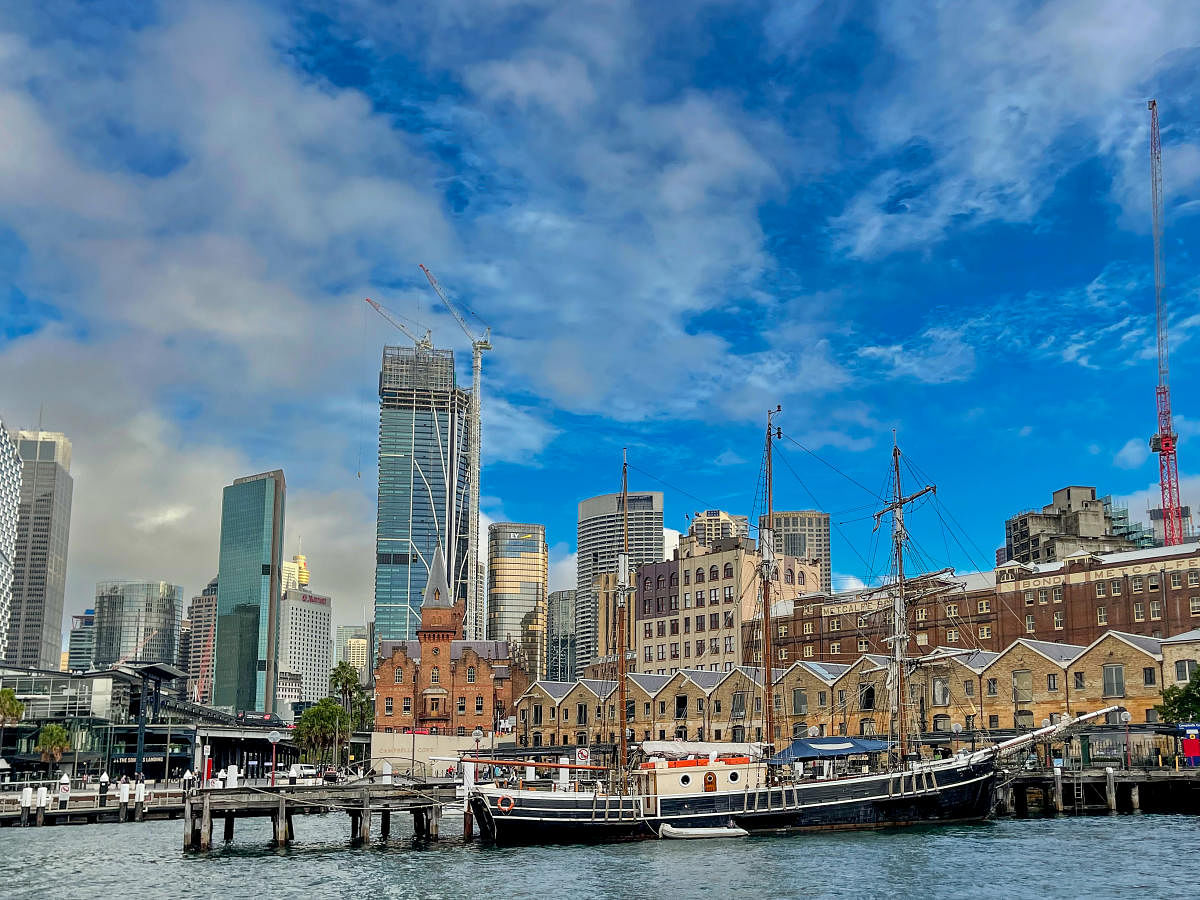

At first glance, the siren call of Sydney is the classic haiku of the yacht-studded harbour, the Opera House with its landmark sail structure, and the Harbour Bridge, a steel arch bridge, nicknamed “the coathanger.” This port city, from its earliest days in the 19th century as a British colony of exiled convicts, has never been a stranger to trade, whether with India or America. Today, this remarkably cosmopolitan place, home to superlative art, dining, and entertainment scene, is still trading — albeit in progressive ideas.
Over four visits, I’m confirmed in my belief that Sydney is not where one goes to relax, but rather to be invigorated. Not infrequently do I find myself toggling between competing imperatives — should I be setting out on a Harley or Trike ride, sea-plane voyage, or harbour cruise to discover what defines the personality of this ever-changing place. Despite all the uber civilisation, much dating from colonial times, there is a human quality to the city, which is best felt on foot. Little thrills me as much as wandering around the Rocks Weekend Market with its handcrafted one-offs and unusual odds-and-ends or the evolution of a neighbourhood like Chippendale, into a haiku of art galleries, converted warehouses, and hawker-style eateries.
While it’s hard to deny the pleasure I feel ticking off the city’s highlights, be it at high tea at the Romanesque Queen Victoria Building’s tearoom or shopping at the unique stores of the Strand Arcade, satisfaction for me has come to lie as much, in the openness of this city to change.
For a spiritual connect
Topics once on the margins have shifted into the mainstream. Aboriginal heritage and culture, for instance, have become a focal point of interest for locals and travellers alike. No more does one have to journey to the Outback to learn about the world’s oldest living culture. On a tour, Margaret Campbell, an elder in the community, walks me around Sydney Harbour. She talks of how care for the environment and sustainable living, a growing theme in the society of today, was always a part of her communitarian upbringing.
The nearby Barangaroo Reserve, a six-hectare headland, is studded with native flora — and boasts over 75,000 Australian trees and shrubs. As we walk around the reserve, Tim Gray, a community member discusses how native plants are used for food, medicine, and even for making tools by a people that share a deep spiritual connection to the land. It seems only fitting then that the 23rd Biennale of Sydney, an international festival of contemporary art, in its exploration of all things related to water — sheds a spotlight on indigenous science, cultural flows, ancestral technologies, multispecies justice and sustainable methods of co-existence in the artwork and research it curates at multiple venues around the city.
While this biennale is on until June 13, the Museum of Contemporary Art is always a good venue for immersion into indigenous art sourced from around the country.
An inclusive environment
At every event I attend, acknowledgement is made to the traditional owners of the land, with respects being paid “to elders past, present and emerging.” Thankfully the movement towards inclusivity in society is far-reaching. The largest Gay and Lesbian Mardi Gras and World Pride will be held between February 17 and March 5 2023. Both festivals combine to create an LGBTQIA extravaganza over 17 days in size XXL. Key World Pride events lined up include a human rights conference, a first Nations Gala concert, a pride march across the Harbour Bridge with over 50,000 participants and a closing party at Bondi Beach.
The freedom to pursue whimsy ends up being what I most appreciate. I head off to Clay Sydney for an introductory pottery course, while my friends saunter over to Catmosphere — a cat café, that allows the chance to connect (and maybe even do yoga) with felines, while your coffee arrives.
Trooping over to the House of Priscilla to buy costumes for the upcoming World Pride is next on the cards. That there’s always a festival on is unsurprising, and I see preparations underfoot for Vivid Sydney, a yearly festival that shines a light on light, quite literally. Held between May 27 and June 18 this year, the festival has light artists all over the city create installations, illuminate forgotten areas and put on a bright show — that is accompanied by a busy calendar of talks and musical acts.
On my final day here, I headed for the iconic coastal walk that begins at Bondi Beach.
Snapshots of the day linger in my imagination: surfers out for surf lessons, dolphins peppering the waters, the heavily instagrammable swimming pool at the Bondi Icebergs swimming club. But what moves me most along this coastal walk — with its beaches, cliff tops and cafes en route, is that I have time, at last, to reflect upon and appreciate my time in a city — where difference is nurtured, and artists celebrated.